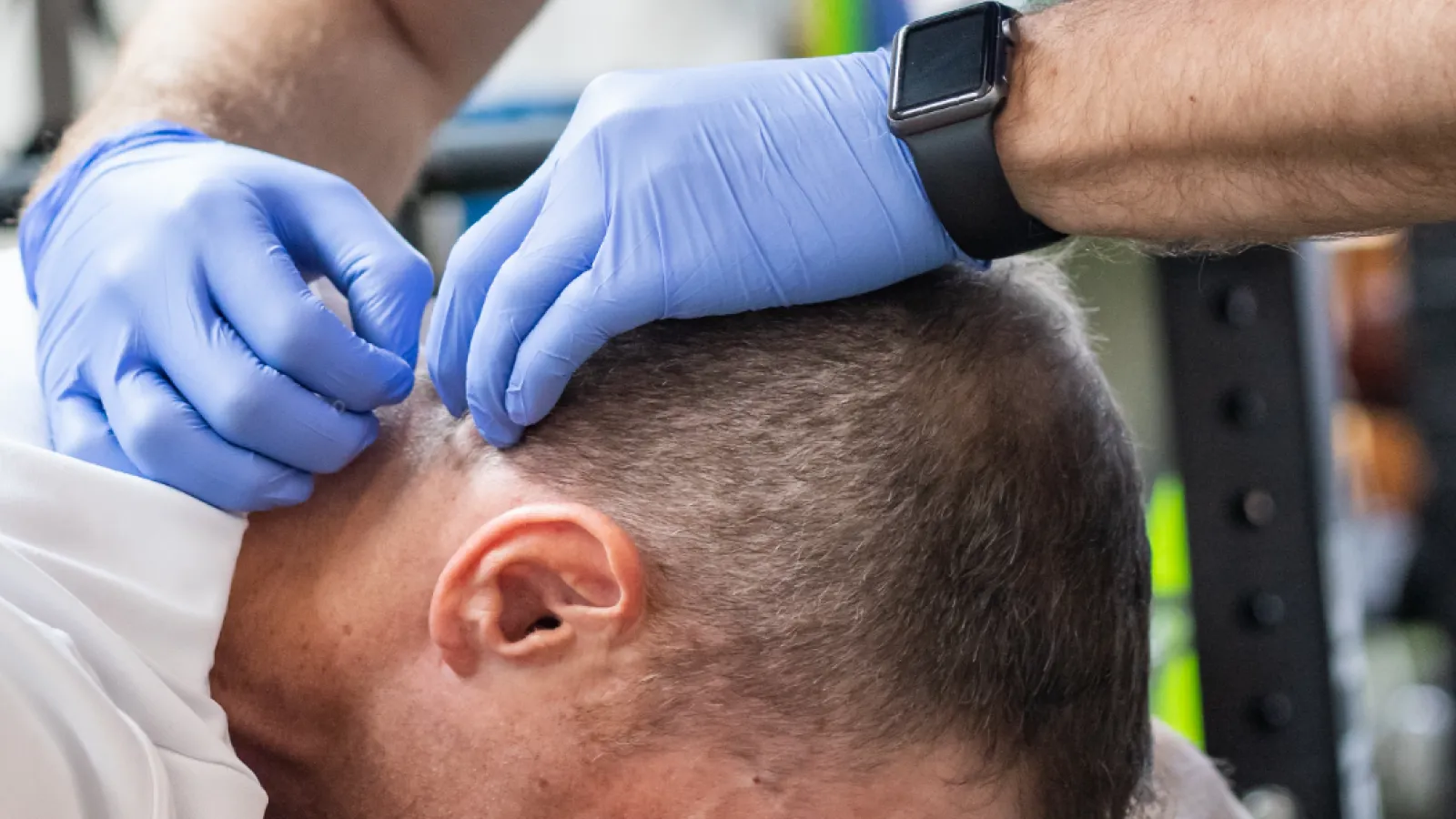A current issue in today's world is chronic pain and very few clinicians or patients like to hear this medical phrase. I have battled many cases in my practice with chronic pain and trying to manage symptoms and it can sometimes seem like an uphill battle. One treatment technique that has changed my view of treating chronic pain is dry needling. Over the past five years, I have been able to see the benefits of dry needling and helping improve symptoms and increasing functional movement.
Most people assume that dry needling is a form of acupuncture, but there is a large difference between these treatment techniques. They utilize the same needle for the procedure, but the mechanism of how they work is different. Dry needling uses muscle referred pain patterns, a reflex response from the muscle, and deep blood flow to help improve a muscle environment to promote a healing response.
Imagine you have a muscle that is tight or locked, internally there are limitations in the muscle function and mobility that are occurring at a microscopic level. Our muscles will develop micro contractures (no movement between our muscle units) that may eventually become painful due to an inflammatory response. The tissue will start to have decreased blood flow to that area leading to low oxygen and therefore, become an acidic environment. We use the needle to promote local blood flow to the injured area to help restart the inflammatory response. I will then use the needle and insert it over a "trigger point" in the muscle to elicit a local twitch response where the muscle will contract. I tell patients that it is considered a "reset" button where the muscle will contract, and then relax, which are two major functions a muscle needs to perform. This reflex response will cause an outflow of the inflammatory response and help improve pain.
There is usually a post needle response which involves an element of muscle soreness after treatment, like you had a hard workout with the treated muscle group. That response usually will last 24-48 hours but in response to the treatment, mobility and function can have an immediate response.
Common injuries that I treat using dry needling include: chronic low back pain, cervical strains/whiplash injuries, plantar fasciitis, patellar tendonitis, achilles tendonitis, rotator cuff strain, cervicogenic headaches, temporomandibular dysfunction, sciatica, hip bursitis, and many others.
We have multiple clinicians here at Bluegrass Orthopaedics that perform this treatment and would be happy to assist you with your rehabilitation needs.
Learn more about the author:

